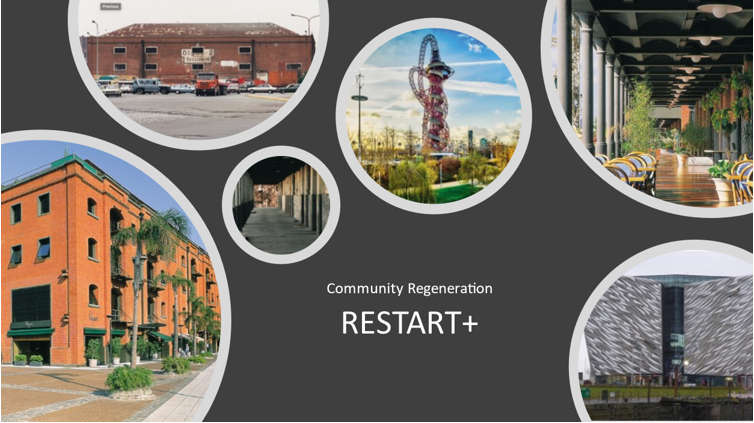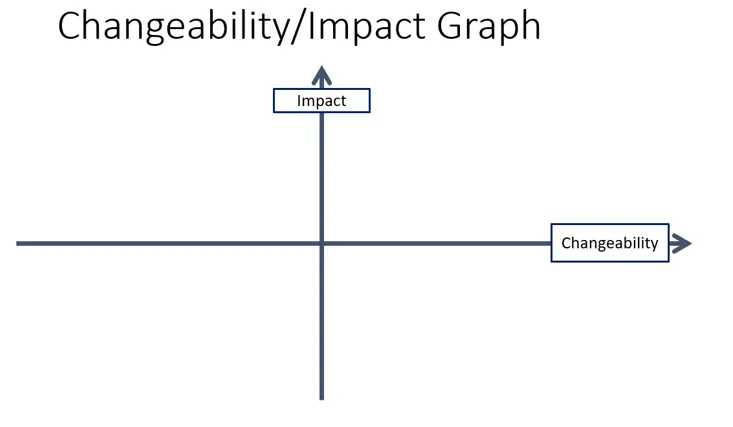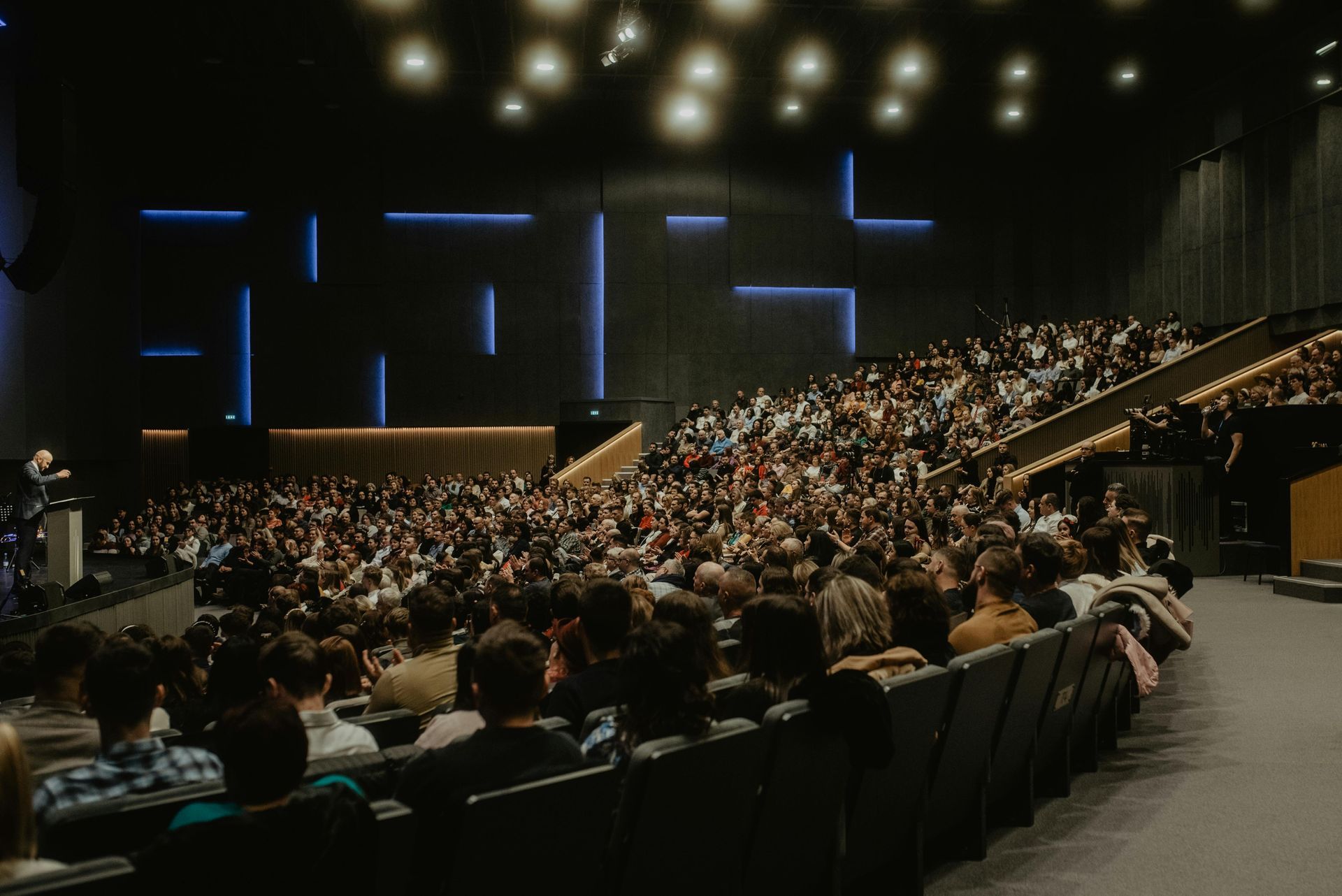Community Generation - An Economic, Social and Environmental Perspective
Community Generation - An Economic, Social and Environmental Perspective
Global Community Regeneration: Restart+ Communities
The question is: how are these community regeneration efforts triggered?
This was the intention behind Restart+ Communities. Restart+ Communities is an EU Erasmus+ project bringing together project partners and experts from Ireland, Portugal, The United Kingdom, Romania and Northern Ireland. This project aims to increase the knowledge and understanding of small communities alongside giving them access to high quality training on the “how to” of regeneration. The Restart+ Communities also work together to create innovative learning tools and resources which equip leaders of community groups, public authorities and educational institutions with the knowledge and skills needed to adopt a transformative approach to community reactivation.
Reinventing ourselves
If we move from the macro to the micro, how do we regenerate ourselves when we need to breathe new life into our personal brands, our careers and our enthusiasm? During an online exploration event, a range of experienced speakers shared their views about sustainable community development and regeneration.
Here are three key takeaways from the event:
1. Establish what the real problem is and develop a solution from there.
A property owner once had tenants asking him to speed up the lift. He looked into all sorts of expensive solutions to find a way to solve the problem. A friend suggested he put a mirror beside the waiting area and after a couple of days, his tenants thanked him for speeding up the lift. They didn’t actually want a faster mode of vertical transport—they just wanted to be entertained while waiting for it.
Similarly, if you want a new job, a sense of excitement in your life purpose or to feel challenged by a new adventure, then think about the root of that emotion first and figure out what would really answer it.
“Be a problem solver, deliver for founders and bring everybody with you. Present yourselves and make yourselves relevant to the next generation.”
— Martina Earley , Roscommon Leader
“Community wealth needs to take more focus. Acquisition and the right to own assets enables autonomy."
—
Charlie Fisher,
Development Trusts NI
“We lend to projects where the profit is for the greater good. We want to see a strong team dynamic, an understanding of the problems faced and how they were overcome as well as evidence of social impact."
— Dónal Traynor, Community Finance Ireland
2. Articulate your assumptions and put them on a Changeability/Impact graph.
The things in life that we assume are set in stone can often prove to be changeable and surprise us with the impact they can have. Carve out the time to list the assumptions you hold about a situation you want to reinvigorate. Invite your team members (in the case of your organisation) or your loved ones (if it’s personal) to do so with you. You might be surprised with what can emerge from the conversation.
Plot each assumption on a Changeability/Impact Graph (see example below) and reflect the implications of what might change and what impacts it could cause.
“We used the Stanford model of Design Thinking which follows an approach of “empathise, define, ideation, prototype and test with a user group. Show role models and best practice to change mindset."
3. Lever problems to arrive at better outcomes.
Sometimes the problem we’re facing is the source of the very regeneration that we’re looking for. For example, when our Savvy Teen Academy business faced a fundamental challenge as the COVID lockdown began, it was an extremely worrying time. What could we do if we couldn’t bring teenagers together into dedicated spaces where we had an array of tailored activities for them predicated on interactions between them? However, we often wrestled with the challenges of bringing a tech element to our sessions – devices that run out of battery, data limits and a small mobile screen. Instead, we developed an entirely fresh new approach, driven by our Active Peers methodologies which levered the notion of students tuning in from disparate geographies with the luxury of a wide laptop screen where we could develop our participants tech skills apace!
The question to ask is “imagine if the outcome was better as a result of the problem.”
Benefits of Community Renovation
Although community regeneration is often brought on by disaster, there are many positives impacts that regeneration bring:
“We have had a free trial of remote working and now we can decide if we want it. Regeneration enables families to return, emigration to be counteracted and work life balance to be restored."
—
Mícheál Ó Duibhir,
Udarás na Gaelteachta.
“Regional alliances fast track knowledge, pools resources and builds sustainability into opportunities.”
— Padraig Gallagher, Letterkenny Institute of Technology
“2020 has made companies hyper local, increased the importance of tech and agile thinking and soared community spirit. It’s important to make the Sustainable Development Goals connect to local communities.”
— Orla Casey,
Momentum Consulting
With the greater good in mind, community regeneration can lead to a better future for everyone.
Check out the website www.restartcommunities.eu for more information.
Watch the video below for a full summary of of the event. To keep up-to-date on new blogs, podcasts and future events sign up for our newsletter.
#positiveeconomist #susanhayesculleton






